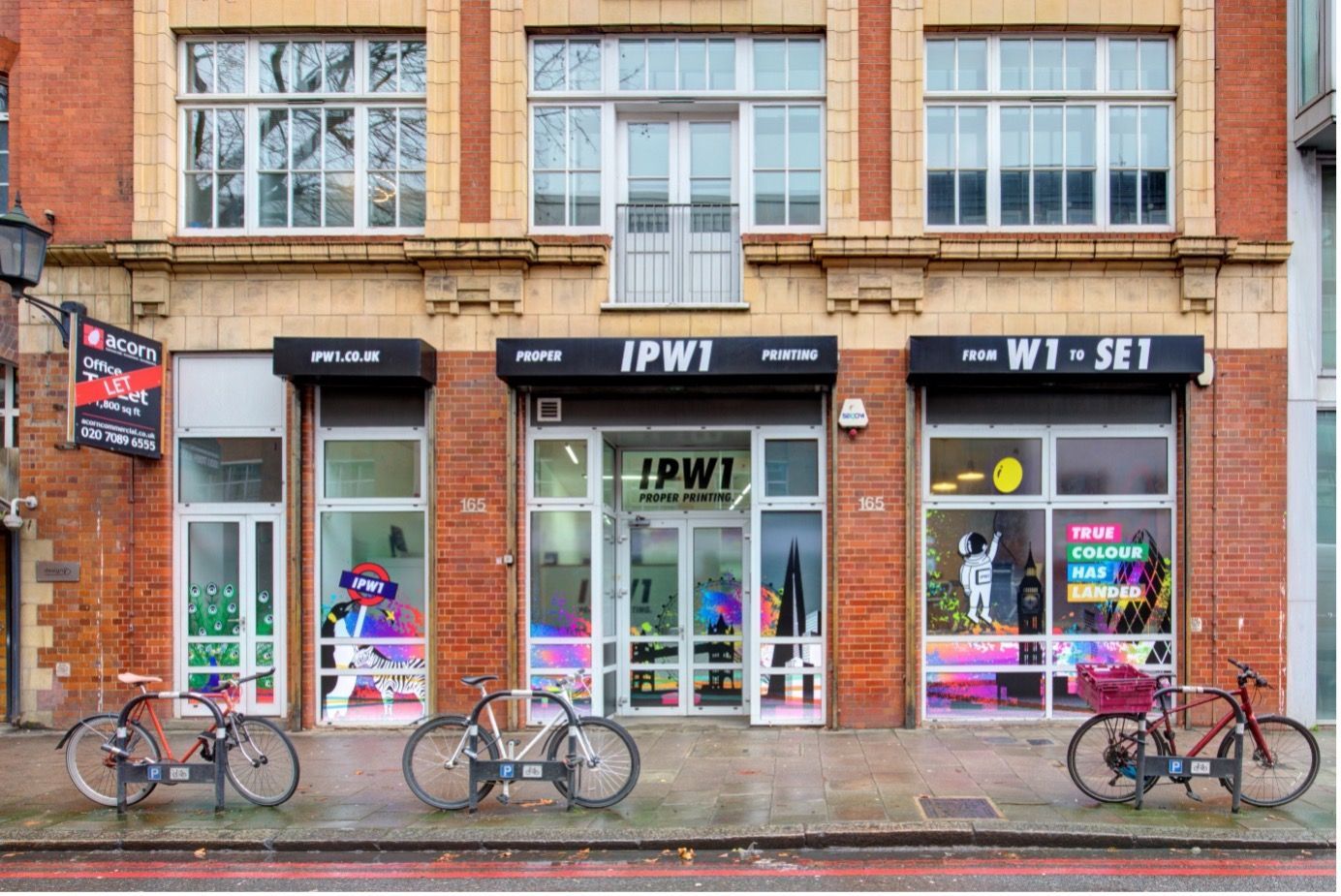FACT #1 – Planted Forests Are Good for the Environment

These are forests that have been established through planting or seeding by human intervention, and over the past four decades, forests have moderated global warming by absorbing around a quarter of the carbon dioxide emitted by human activities. Carbon sequestration in forests reduces the rate of carbon accumulation in the atmosphere, including keeping the air clean in cities such as London, and so reduces the rate of climate change.[1]
To ensure the long-term health of European forests, sustainable forest management underpins how the paper industry operates and sources its main raw material. A number of schemes exist to ensure forests are sustainably managed. The two most recognised are the Forest Stewardship Council (FSC) and the Programme for the Endorsement of Forest Certification (PEFC).
The FSC and PEFC operate a robust chain of custody schemes that track wood and wood fibre through every step of the supply chain, from the forest to the end-user. Both schemes have similar objectives:
- the certification of forests to credible, independently verified standards of responsible forest management
- conserving the natural habitats of plants and animals, and;
- and respecting the rights of forestry workers and local communities.
Nearly 105 million hectares, 52% of the forest area in Europe, is certified.[2]
European forests act as a major carbon sink. Between 2010 and 2020, the average annual sequestration of carbon in forest biomass reached 155 million tonnes in the European region.[3]
- In the EU27 + UK, carbon sequestration from forests corresponds to around 10% of gross greenhouse gas emissions.[4]
- Forests are an extremely important part of the environment.
- Well-managed sustainable forests give multiple benefits to society, such as livelihoods, ecosystem services and biodiversity, while helping to tackle climate change.












